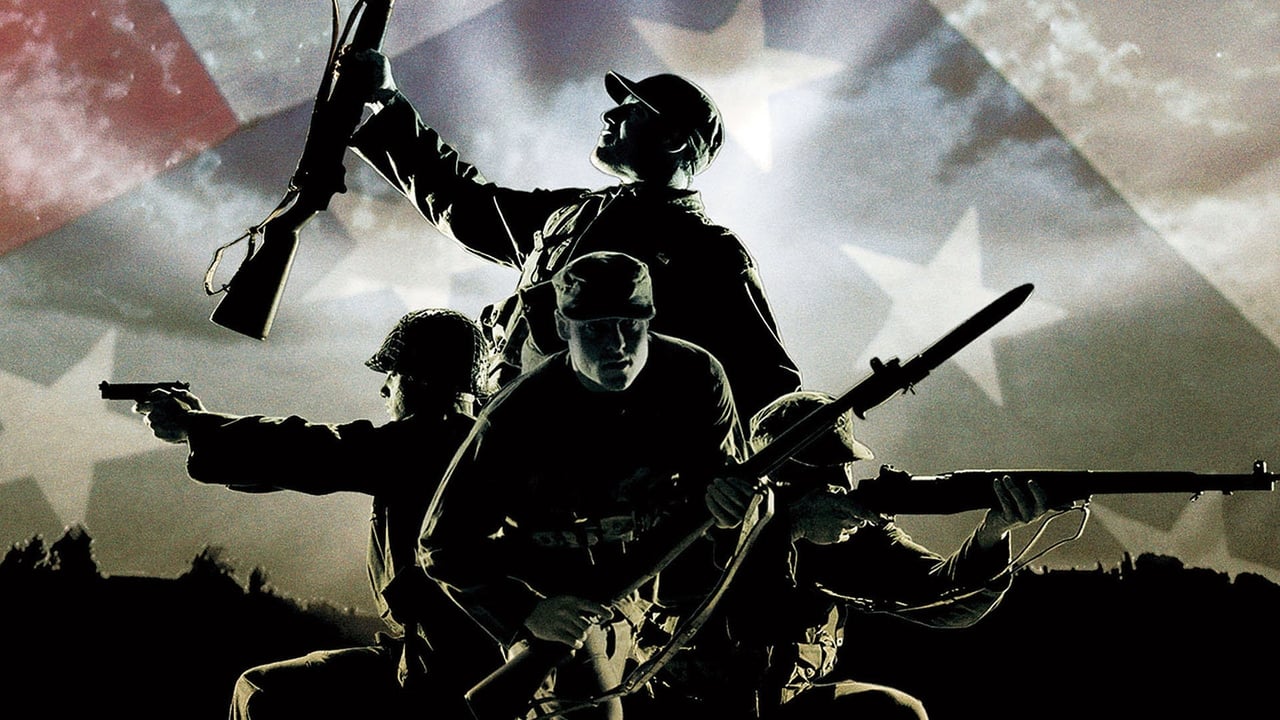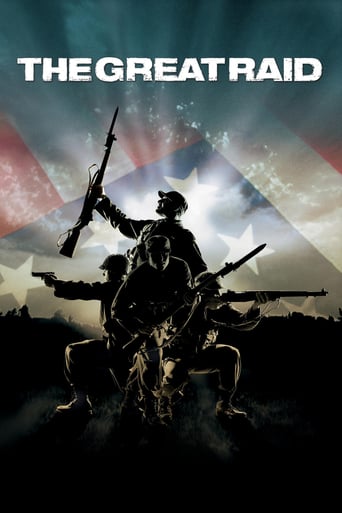

The main strength of this movie is being based on real events and names. The plot, however, is uneven, with a few intertwined story-lines with unequal weight and smoothness: preparation for liberation, life in POW camp, resistance activities, liberation itself. Following all this, we see many similarities with approaches from e.g. The Bridge on the River Kwai, The Thin Red Line, Pearl Harbor - and without upgrade or distinctive twists... There are some protracted and arid scenes, tensions tend to decrease at times. The cast is even, both no prevailing performances; Marton Csokas as Capt. Redding and Connie Nielsen as Margaret Utinsky seemed most interesting to me.All in all, an okay war movie, but no great experience. I would recommend the ones named above instead.
... View MoreAfter the American evacuation of the Philippines following the Japanese attack on Pearl Harbour, thousands of American servicemen were abandoned to the Japanese enemy, finding themselves facing brutal conditions in Japanese POW camps, and feeling forgotten by their country. "The Great Raid" is the portrayal of a rescue mission to save five hundred of those POWs at the Cabanatuan camp before they're killed by their captors, as the Americans begin to close in during the closing days of the war.As far as I can recall there haven't been very many movies depicting conditions in Japanese POW camps. "Bridge On The River Kwai" springs to mind, but this is the only other one I think I've come across. It's always hard to judge the accuracy of how the enemy is portrayed in a movie like this. In this case, though, we do know that the Japanese were in fact brutal captors. Surrender was the ultimate dishonour, and prisoners, therefore, were seen as deserving of neither honour nor respect. The conditions portrayed in the camp, therefore, were believable and probably historically accurate.The portrayal of camp conditions is one of the highlights of the movie. The other is the actual raid carried out. It was portrayed in great detail and, again, in a very believable way. The basic problem with this movie, though, is that it repeatedly seems to get bogged down. Frankly, when the movie strays from those two subjects it just isn't that interesting, and all the various sidebars end up making this longer than it needed to be. The character of Margaret Utinski (played by Connie Nielsen) was especially problematic. Utinski was a real person - and a winner of the Medal of Honour - but there are historical questions about her life, and there was certainly no romance involved in her actions, as is suggested throughout the movie. Aside from Nielsen, the cast were fine, but in all honesty no one stood out to me as outstanding. As I've suggested, there are certainly aspects of this movie that make it worthwhile viewing, but it certainly can't be mistaken for a masterpiece. (6/10)
... View MoreI really don't understand why this movie did not receive critical acclaim. I am a big war movie person and have pretty much seen them all from the 1040's to the present. the account of the heroism of these rangers and Filipino freedom fighters is truly inspiring and makes me shiver like when I hear the national anthem. I think it is as good if not better than any war movie in the last twenty years. the subject alone is awe inspiring and the presentation of the entire story is unbelievable. the fact that it is a true story makes it all the more invigorating to watch. it's a movie you can definitely watch multiple times and get that patriotic feeling each time. in reading most of the bad reviews it seems like they are: Anti American and American policy, even saw one quoting Bush politics and Iraq. saying it was American Propaganda, flag waving. thought I was back in the 60's when us soldiers would get spit on.the movie wasn't perfect enough for perfectionist movie makersAnti violence showing how brutal the Japanese were and they were that bad and worse. when I was young a friend of mines father had pictures of Japanese brutality in china like beheadings, etc. what is shown in the movie is mild compared to what the Japanese actually did to Americans and other people in countries they conquered. one person claimed it was being racist against Japanese.if you eliminate all these BS low ratings the movie would probably be rated a 10.
... View MoreIn addition to the movie, the extra material on the DVD is excellent. The "timeline" should be mandatory viewing as most folks are NOT aware of the chain of events going back to the 1930's. Those details are not taught in High School or college. They are NOT complimentary to FDR by the way. The boot camp section is enlightening too. It is amazing that the whole crew of actors including Mr Franco went through it. Now that is method acting!My only complaint about the film is that the deleted scenes were deleted. They add much to the story and the information does not otherwise appear in the movie. Be sure to plan to spend at least 3.5 hours to see both the movie and the special items on the DVD.
... View More